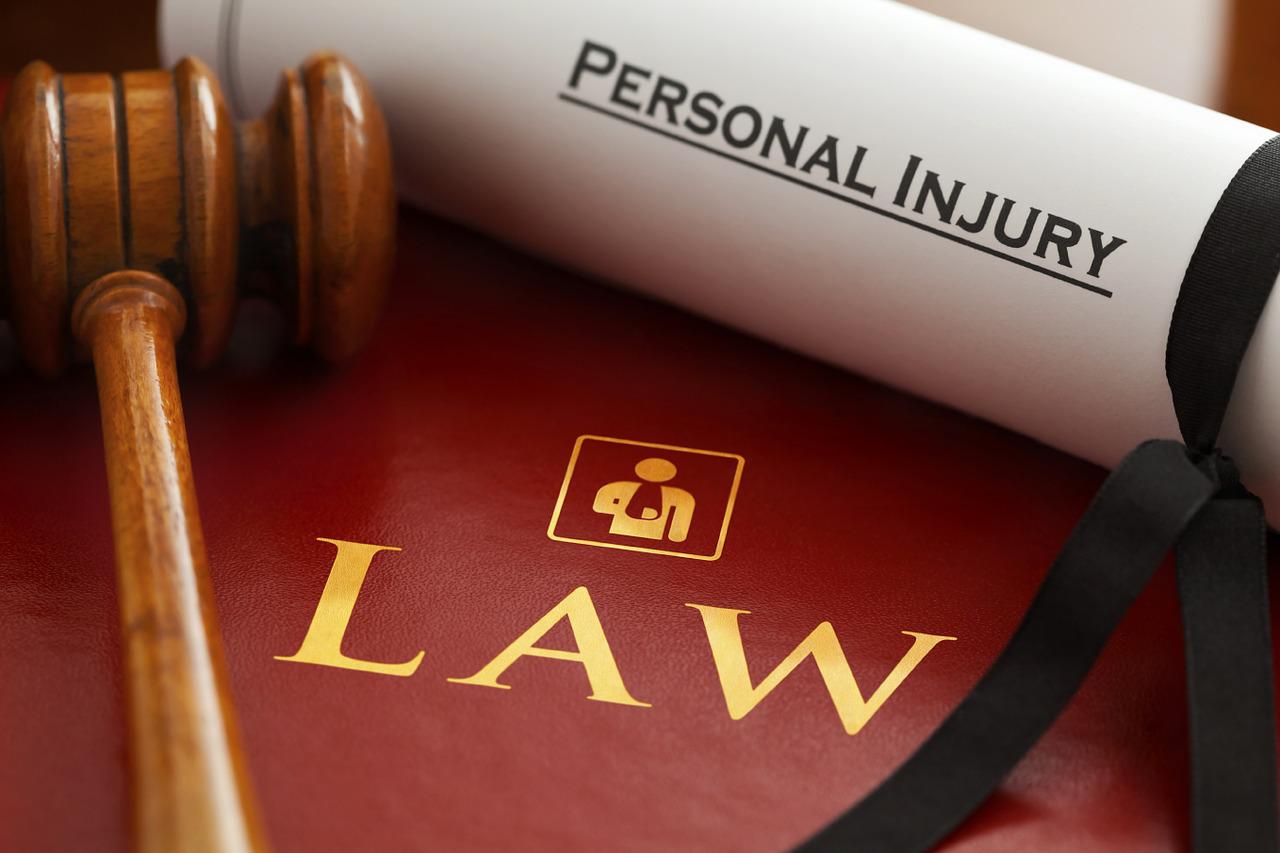Table of Contents
Have you encountered or been injured by a defective item?
As a consumer, you may sue for damages. In such a case, the product’s quality, performance, or fitness does not match the implied terms of sale. Product liability gives the plaintiff a course of action—you can hold the defendant liable regardless of their intent or knowledge.
The UK law applicable under the consumer protection act mandates manufacturers to make their products safe for buyers and consumers. Yet, thousands of people suffer injuries due to defective products each year.
With reports of nearly 11 million people being treated in emergency departments for damages caused by consumer products this is an evergreen hot topic for all businesses and manufacturers.
Manufacturers have so much at stake in the marketing and sale of their products. As a result, they will mount a vigorous defence in public liability cases, using lots of resources to do so.
Here’s all you need to know about product liability and the relevant UK laws.
How Product Liability Works
A typical product liability case will involve a claim for damages against the manufacturer or seller of a product. The plaintiff will prove the injury was due to the seller or manufacturer’s negligence. If faulty steering caused your vehicle to veer off the roadway, you must show evidence that the steering defect caused your injuries. Your attorney must gather evidence that the accident was not because of a mistake.
A successful product liability claim proves that the defect was the cause of the injury and that the plaintiff used the product as intended. Top productivity lawyers from platforms such as cbpw-law.com can help you get your liability claim.
Common Cause of Product Liability Claims

Most injuries involve everyday products that consumers consider safe. Standard products such as household cleaning, beds, and television can pose risks. In addition, many of these incidents happen to the most vulnerable populations, young children, and older adults, according to the CPSC.
Examples of defective product cases include:
- Harmful cosmetics
- Dangerous pharmaceuticals
- Faulty tires, unsafe SUVs, and other motor vehicle defects
- Defective workplace machinery such as nail guns, punch presses, and other construction or manufacturing equipment
- Contaminated food and medications
- Defective airplanes, boats, ATVs, motorcycles
Causes of Defective Product
Product liability can have its basis in manufacturing, design, marketing, and breach of warranty.
1. Manufacturing Defect
 In such cases, there is an error in assembly or problem during the manufacturing process. In most cases, only a limited number of items are affected in the product. Even though the product’s design may be perfect, there is a manufacturing defect it can cause injury.
In such cases, there is an error in assembly or problem during the manufacturing process. In most cases, only a limited number of items are affected in the product. Even though the product’s design may be perfect, there is a manufacturing defect it can cause injury.
This type of liability is without fault. This means that a manufacturer does not have to act maliciously or negligently to have the courts impose a penalty.
Common examples of manufacturing defects include:
- Incorrect fasteners or bolts
- Improperly installed electrical circuits
- Incorrectly attached parts
- Improperly manufactured material or plastic
2. Design Defect
Defectively designed products have flaws in the original design, affecting all products manufactured. Identifying the main difference between defectively manufactured and defectively designed is essential.
manufactured and defectively designed is essential.
A defectively manufactured product involves something that happened in the manufacturing process to affect a limited number or one product. An example of a defective design is a bicycle with loose handlebars or an all-terrain vehicle with a centre of gravity that’s too high.
In both types of cases, you must prove beyond doubt that the injury resulted from the product’s defective manufacturing or design. As such, it’s crucial to hire an attorney who understands these differences and will help present your case effectively.
Common examples of design defects include:
- Products prone to melting
- Products that could cause choking hazards (especially those intended for children)
- Cars and trucks with mechanical defects
- Unstable structures, such as chairs and tables that collapse
- Safety products like a helmet that cracks or breaks from small impact
3. Marketing or Advertising Defect
Sometimes, a defect may occur when there is a problem with how the company markets or presents the product to the consumer. Faults occur when a retailer or distributor advertises that buyers can use the product for a purpose that is not suited.
distributor advertises that buyers can use the product for a purpose that is not suited.
In addition, a manufacturer’s warnings or instructions of potential danger or risk–not including proper safety instructions or warnings, such as assembly or use, may also be advertising defect.
For instance, if a cleaning product is corrosive to bare skin, the manufacturer must include warnings about the corrosive nature. It must also come with warnings on how to use it safely. Otherwise, there may be an advertising defect.
The Manufacturer, Wholesaler, Retailer Can Be Liable for a Defective Product Injury
The manufacturer alone is not liable in these cases. A seller might be liable for selling defective goods. In 2021, an appeal court in California found Amazon could be held responsible for defective products sold on its platform. Even though the eCommerce platform did not warehouse or ship the product, Amazon could be held liable for burn injuries caused by hoverboards.
In a product liability case, you want to include all parties involved in the chain of distribution of the injury-causing product. This means the product’s path from manufacture to distribution to you as a buyer.
In Conclusion
The law refers to the legal liability of sellers or manufacturers to compensate users, buyers, and even bystanders for injuries or damages caused by defects in goods. Product liability claims are typically based on state laws and brought under strict liability, negligence, or breach of warranty theories.
Author Profile
- Blogger and Educator by Passion | Senior Online Media & PR Strategist at ClickDo Ltd. | Contributor to many Education, Business & Lifestyle Blogs in the United Kingdom & Germany | Summer Course Student at the London School of Journalism and Course Instructor at the SeekaHost University.
Latest entries
 BusinessDecember 2, 2025How to Build an Effective Progression Plan in Your Company
BusinessDecember 2, 2025How to Build an Effective Progression Plan in Your Company BusinessOctober 24, 2025Legionella Risk Assessment: 5 Things Every Entrepreneur Needs to Know
BusinessOctober 24, 2025Legionella Risk Assessment: 5 Things Every Entrepreneur Needs to Know EmploymentSeptember 2, 2025Why Motorbike Accident Staff Claims are a Growing Business Risk
EmploymentSeptember 2, 2025Why Motorbike Accident Staff Claims are a Growing Business Risk FinanceAugust 21, 2025A Swiss Bank Account for Foreigners: Stability, Tradition, and Options for International Clients
FinanceAugust 21, 2025A Swiss Bank Account for Foreigners: Stability, Tradition, and Options for International Clients





